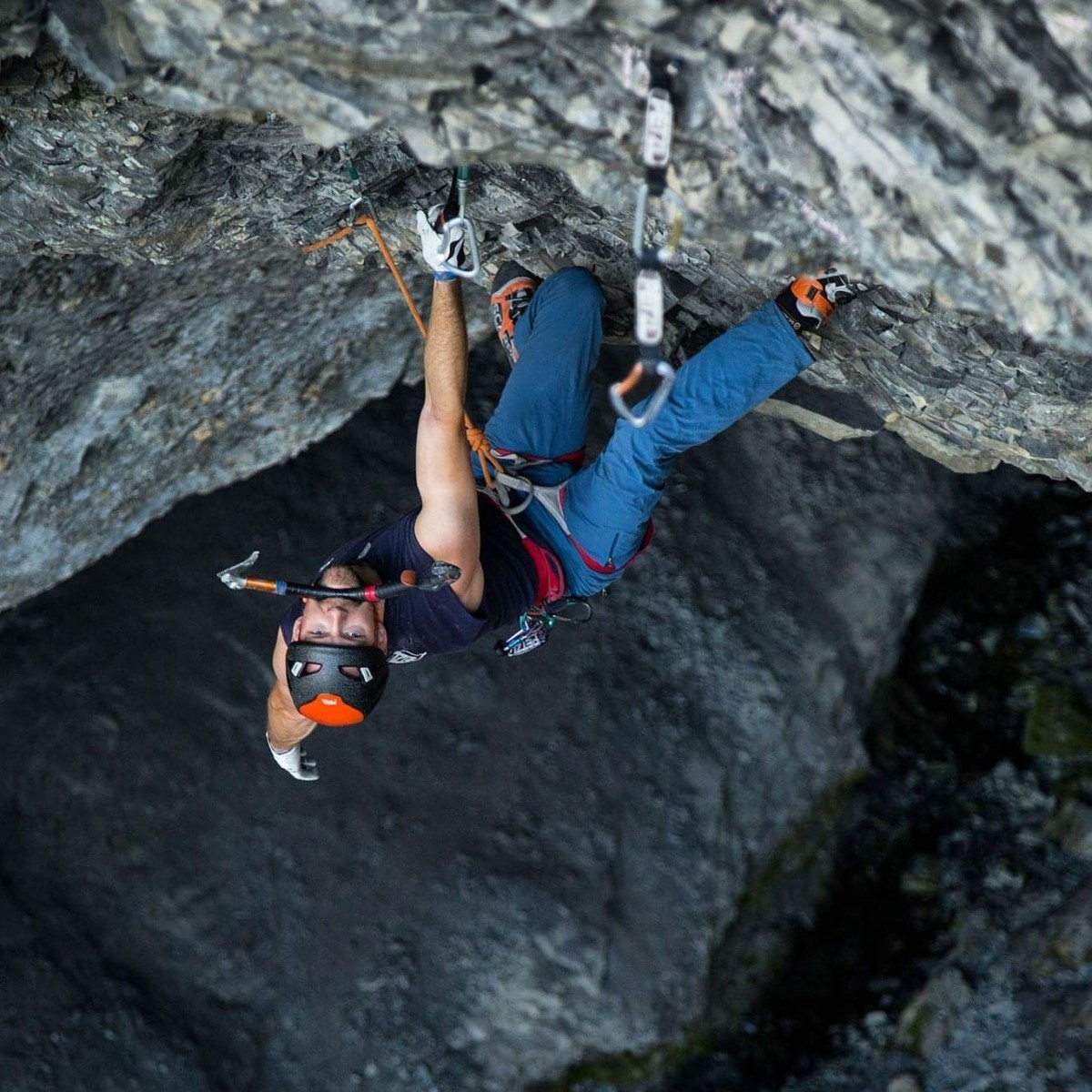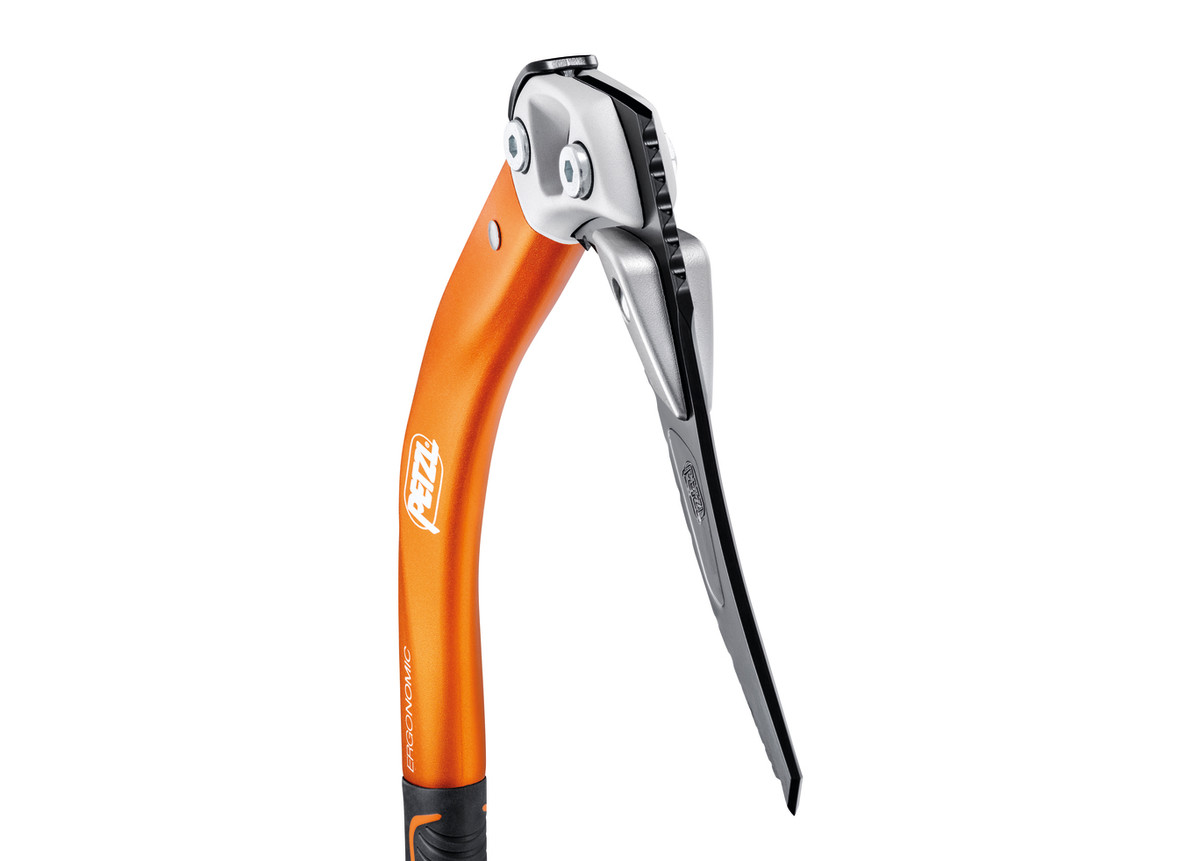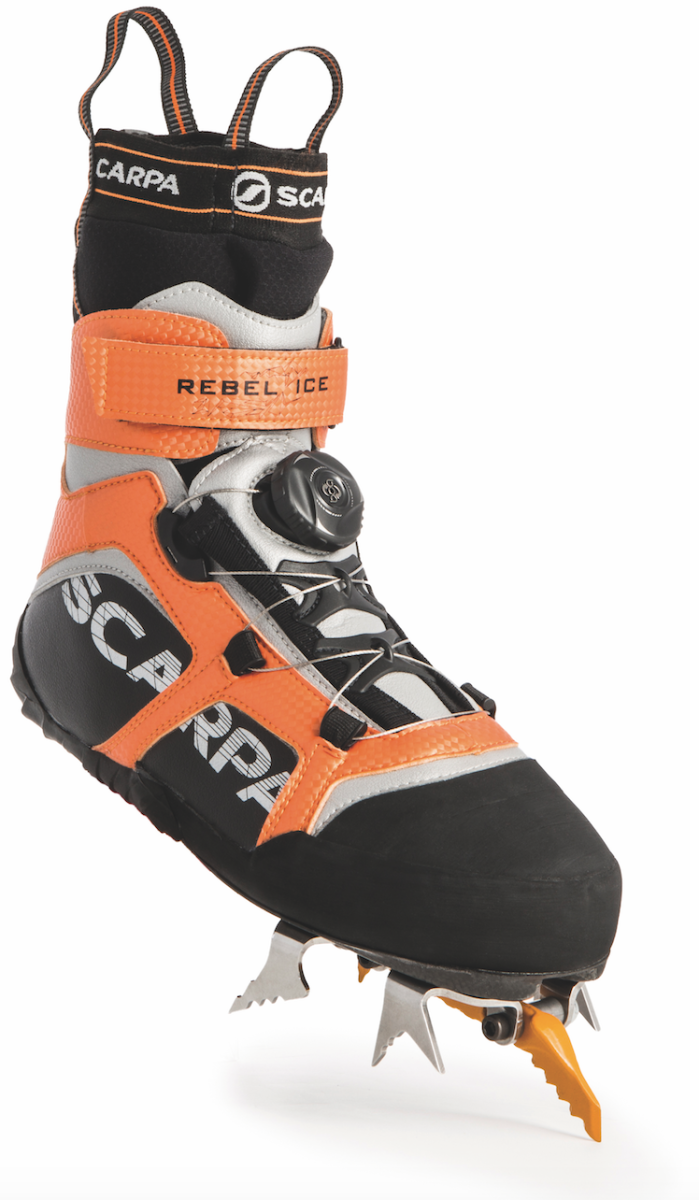What in the World Is Dry-Tooling?
Working with ice axe tools on rock has been taking place considering the fact that mountaineering commenced, but the sport of “dry-tooling” as a climbing sport of its own is much more of a modern willpower.
The actions are instead gymnastic and the strategy is most typically carried out to support practice ice climbers throughout the shoulder year. Dry-tooling outside usually can take put in caves and overhanging rock surfaces that aren’t fantastic for rock climbing. The routes are frequently 50-p.c organic holds and 50-p.c man-manufactured holds, which are drilled holes that climbers use to put the choose of their axes into. Indoor routes normally consist of plastic holds (imagine health and fitness center holds) that are drilled out for tools and have man-manufactured holds which are scarred divots that climbers use to put the choose of their axes into.
It can be a bit awkward, but unquestionably a fantastic way for climbers to practice.
“It is in all probability the oddest-looking sport that I have ever carried out,” suggests athlete/guide Will Gadd. Gadd who has gained gold medals in ice and rock climbing, and is identified for climbing Niagara Falls as well as many other climbing feats and adventures. Gadd also has set up some of the most difficult mixed climbing and dry-tooling routes in the environment.
“We have been working with our ice tools on the rocks for a lengthy time,” suggests Gadd. “At some level individuals realized it was kinda fun on its own. It can make perception to have much better competencies on your tools.”

“From there it type of grew into a sport of its own,” suggests Gord McArthur, professional mixed climber and member of Workforce Canada. “There are individuals who weren’t it’s possible as assured or enthusiastic about ice, who now have the chance to however climb and have fun on ice axes in a much more managed ecosystem. I individually love when I am on steep terrain, whether or not it be 30 levels or entirely overhanging route. I love the actual physical health and fitness that is necessary, the training in power endurance.”

Most of the mixed-climbing (the exercise of climbing on rock and ice with tools) competitions that are held indoors are basically dry-tooling routes because they don’t have ice. Dry-tooling is also turning into much more well-liked because nearly 65-70 p.c of all waterfall ice routes (centered in the Canadian Rockies, which has biggest focus of waterfall ice climbs in the environment) are in avalanche hazard parts.
Whether or not climbers are dry-tooling because they are having much better for the winter season year, or they are “scraping rock with their tools” because it is their beloved, it is obvious that this sport is below to remain.
“The real mark of maturity is when sport has its own unique gear,” Gadd inform us.
Firms like Petzl, Black Diamond and the Russian business Krukonogi have manufactured unique axes/picks for dry-tooling or even competitors climbing.
Listed here are some of the key parts you will need to start out dry-tooling.
AXES

Ice is usually softer than rock. You abuse your tools and picks when you dry-software on rock. That is why having body fat picks is an significant aspect of the getting the appropriate software. Most axes permit for interchangeable or modular picks. The Petzl PUR’DRY choose is manufactured exclusively for dry-tooling with its 4mm thickness and an intense prime tooth for upside-down holds.
The subsequent aspect of an axe to imagine about it is the angle. When you are initial setting up out, you usually aren’t climbing tremendous overhanging routes, so you don’t will need an intense software, but you do will need a handle. (You can’t dry-software very well with mountaineering axes.)
Petzl’s redesigned NOMIC is an up to date version of their most well-liked and adaptable ice axe. The NOMIC is fantastic axe to start out out with—its form is steady throughout various placements and the handgrips are intended for any hand measurements.
For all those who have the spider expertise and are already sending upside-down, Petzl’s ERGONOMIC is a clever relationship of their NOMIC and an older very aggressively formed axe named the ERGO. The ERGONOMICs are intended for steep ice climbing and dry-tooling. The form of the software delivers climbers various angles for keeping on to the tools in all those awkward and tough positions that typically happen upside-down. Climbers like Mcarthur labored closely with Petzl on the design and suggestions of the ERGONOMIC.
CRAMPONS

You don’t have to split the bank when you are setting up out dry-tooling, but if you are heading to “go all out”—the Scrapa Rebel Ice boot (aka fruit boot) is the way to go.
The Rebels are a hybrid of a climbing shoe, an insulated boot and crampon. The Rebels have a restricted “sock-fit” and function a tricky sole, but are ultra light-weight. You wouldn’t want to hike in them, but for climbing substantial-close mixed and dry-tooling routes they are a excellent boot. They do not appear with the crampons, if not identified as “points,” but you can acquire the attachments like Black Diamond’s Raptor or Petzl’s D-LYNX. They are easy to screw into the bottom of the boot.
If you aren’t able to splurge for the “fruit boot,” you can use your waterfall ice crampons. Most individuals use modular crampons and will get off a person of their factors on their crampon and develop a mono level. A further option is to alter the entrance part or get a entirely different pair of crampons like the Petzl DART (which have a mono level) just to use just for dry-tooling
If you are working with a much more regular crampon established-up, you will want a mountain boot that has a compatible sole. For indoor dry-tooling, climbers usually dress in rock climbing shoes.
For accessibility to distinctive gear films, superstar interviews, and much more, subscribe on YouTube!
